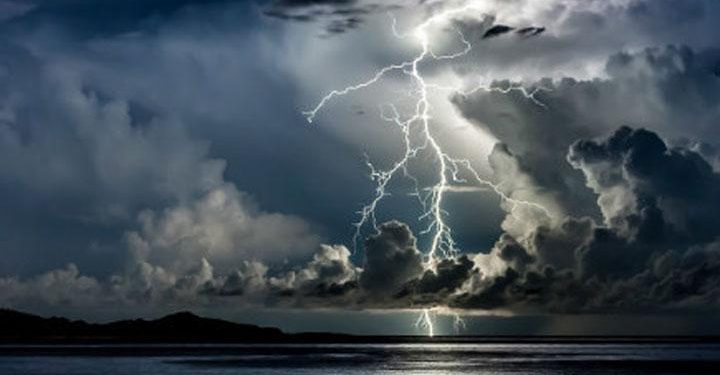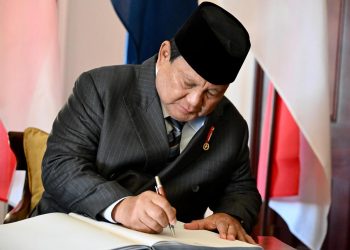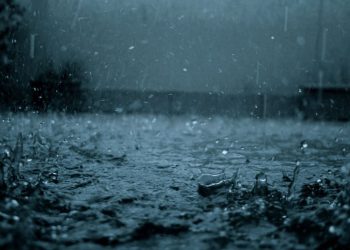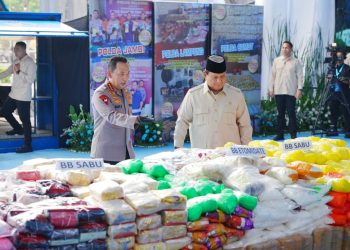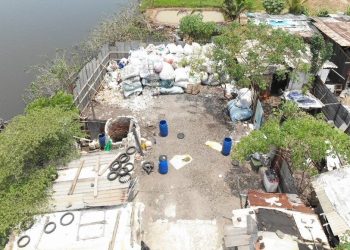Bali, Indonesia Sentinel — Indonesia’s Meteorology, Climatology, and Geophysics Agency (BMKG) reported that Bali experienced 713 lightning strikes during a week of severe weather from February 7 to 13, 2025.
BMKG noted that Tropical Cyclone Zelia, which developed from tropical cyclone seed 96S in the past week has affecting weather in several locations. The system, located west of Australia, contributed to extreme weather conditions across parts of Indonesia, including Bali.
During this period, Bali regions was hit with extreme weather including heavy rain and strong winds. BMKG also noted that the heavy rain in several locations in Bali were accompanied by lighting strikes.
Hundreds of Cloud-to-Ground Lightning Strikes
BMKG’s data showed that of the 713 total lightning strikes recorded in Bali, 534 were cloud-to-ground (CG) strikes, while 179 occurred within clouds (intracloud/IC).
“The majority of lightning strikes were cloud-to-ground,” said Rully Oktavia Hermawan, head of BMKG’s Geophysics Station, as reported by Antara on Sunday (February 16, 2025).
Rully explained that the Cloud-to-ground lightning is the most dangerous type, as it can cause structural damage, fires, and even fatalities.
Among the 534 CG strikes, 301 were positive CG strikes (+CG), characterized by a single, powerful discharge, while 233 were negative CG strikes (-CG), which typically produce multiple branching strikes.
Tabanan and Buleleng See Most Lightning Activity
Tabanan Regency recorded the highest number of lightning strikes in Bali, with 259 strikes, followed by Buleleng with 133. Other areas on the island saw fewer than 54 strikes.
According to a temporal analysis by the Denpasar Geophysics Station, the high number of lightning strikes in Tabanan indicates a strong potential for convective cloud formation, particularly cumulonimbus (CB) clouds, which are known for producing thunderstorms and lightning.
Read Also:
Mysterious ‘Jelly Rain’ Stuns Village in North Gorontalo, Indonesia
Lightning Density Remains Low
Statistically, BMKG found that in January 2025, cloud-to-ground lightning dominated, accounting for 59% of strikes, while intracloud lightning made up the remaining 41%.
Despite the high number of strikes, BMKG classified Bali’s overall lightning density as low, with fewer than eight strikes per square kilometer.
However, some areas, including Buleleng, Tabanan, Jembrana, Badung, and Denpasar, recorded high lightning density, with more than 16 strikes per square kilometer.
As extreme weather persist, BMKG has advised residents to remain cautious during extreme weather conditions, especially when engaging in outdoor activities. The public and visitors are advised to always check the weather forecast before planning activities to ensure a safe and enjoyable holiday.
(Raidi/Agung)


